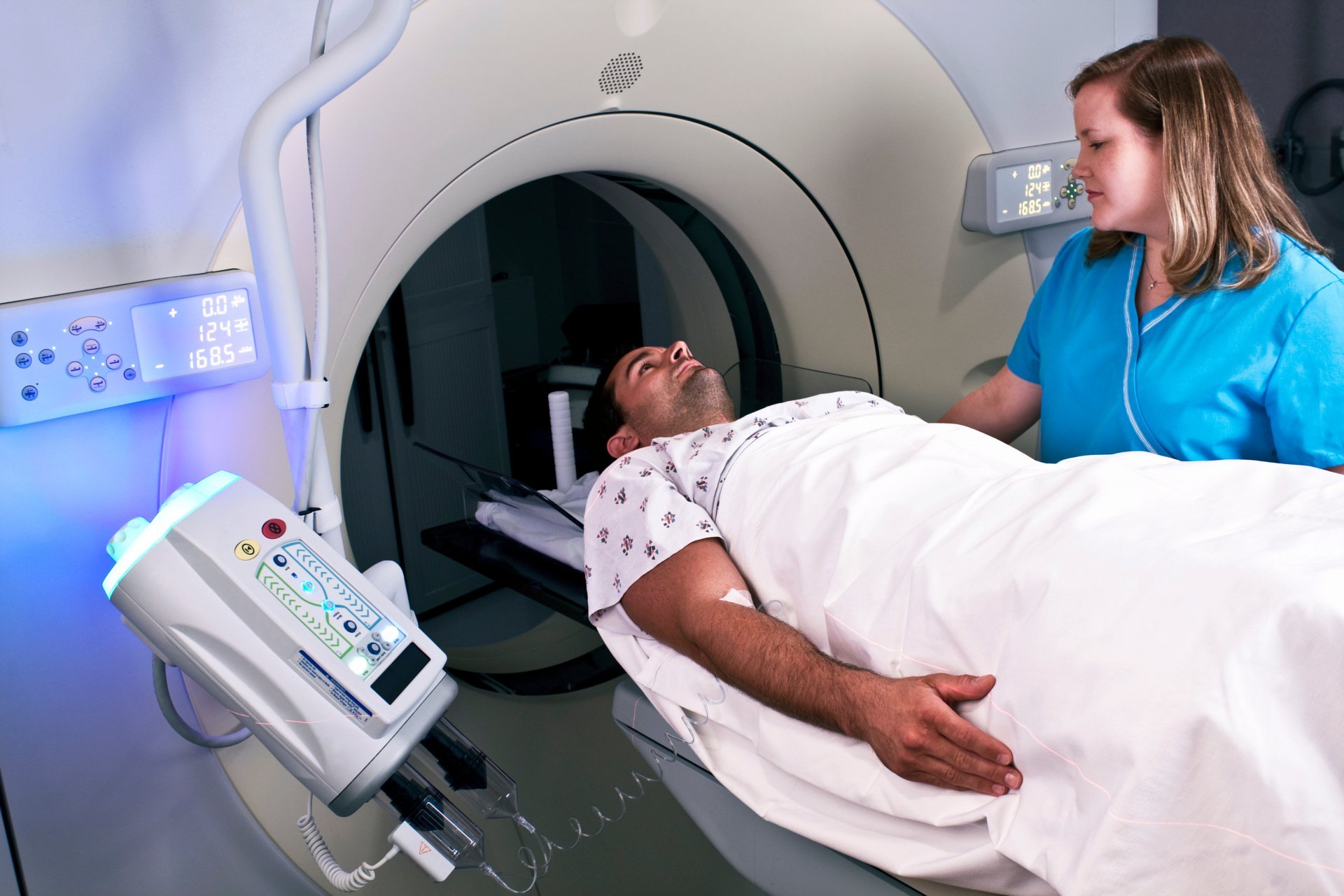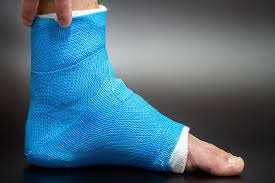A CT scan, or computed tomography scan, is a diagnostic tool that produces detailed cross-sectional images of the body. It uses a series of X-ray images taken from different angles, which are then processed by a computer to create a three-dimensional view. Unlike traditional X-rays, which offer limited detail, a CT scan provides more precise visuals of bones, organs, blood vessels, and soft tissue. Physicians often order CTs to detect injuries, diagnose diseases, or guide certain treatments. The technology is fast, noninvasive, and highly accurate, making it a preferred choice for many clinical situations. Whether evaluating trauma or identifying internal abnormalities, a CT scan delivers clarity when it’s needed most.
When Is a CT Scan Recommended?
CTs are used in a wide range of situations. In emergency rooms, they help identify internal bleeding, fractures, or organ damage following accidents. In outpatient settings, they are frequently used to evaluate chronic conditions like lung nodules, abdominal pain, or sinus problems. Cancer screenings, particularly for lung or colon cancer, also rely on scans for early detection and staging.
Physicians may order scans when other imaging tests, such as ultrasounds or standard X-rays, fail to provide enough detail. The decision to use a CT scan often depends on the urgency of the situation and the level of diagnostic precision required. During a CT scan, the patient lies on a motorized table that slides into a large circular opening of the scanner. The machine rotates around the body, taking multiple images in rapid succession. In some cases, a contrast dye may be administered orally or through an IV to highlight specific structures.
The procedure typically takes less than 30 minutes, and patients can resume normal activities shortly afterward. Images are reviewed by a radiologist, who then shares the findings with the referring physician. The entire process is painless, although remaining still during the scan is essential for accurate imaging. Most people tolerate the scan well and experience minimal discomfort.
Are CT Scans Safe?
CTs are generally safe, though they do involve a small amount of ionizing radiation. For most patients, the diagnostic benefits outweigh the risks, especially when scans are used appropriately. The radiation dose from a single scan is higher than that of a standard X-ray but still within accepted safety limits. Providers follow strict guidelines to minimize exposure, particularly for children and pregnant individuals. When needed, alternative imaging methods may be recommended. Discussing the need for a scan with your provider can help you make an informed decision based on your specific health situation. In most cases, the detailed information obtained is well worth the low level of risk involved.
What Are the Benefits?
One of the greatest advantages of a scan is its ability to quickly provide clear, detailed images. This is especially useful in urgent care situations, where time-sensitive decisions need to be made. CTs also play a key role in planning surgeries, guiding biopsies, and monitoring treatment progress.
They help detect tumors, infections, blood clots, and structural abnormalities with a high degree of accuracy. Patients often receive answers more quickly, leading to faster diagnosis and more effective care. The versatility and speed of a scan make it one of the most widely used imaging tools in modern medicine.
Prepare for a CT Scan
Preparation for a scan varies depending on the area of the body being examined. Some scans require fasting or avoiding certain medications. If contrast dye is used, you may need to complete a screening questionnaire to rule out allergies or kidney problems. Your provider will give you clear instructions before the appointment. It’s a good idea to wear comfortable clothing and avoid jewelry or metal objects that could interfere with imaging. Arriving early and following the preparation steps can help the scan go smoothly. If you have any questions or concerns, don’t hesitate to ask the staff before your procedure begins.
- crypto30x com zeus Review: Is It the Best Platform for U.S. Crypto Traders in 2025?
- Super Scatter Juara100.org Medal: The Ultimate Guide to Winning Big in Online Gaming
- Ziuqyazhmizz: Ancient Slavic Practice Explained – Meaning, Benefits & Daily Life Guide
- Zaxtexporoz: A Simple Guide to Xcer Tools, Digital Trends, and Smart Solutions
- Casîo: A Symbol of Innovation, Durability, and Global Trust




